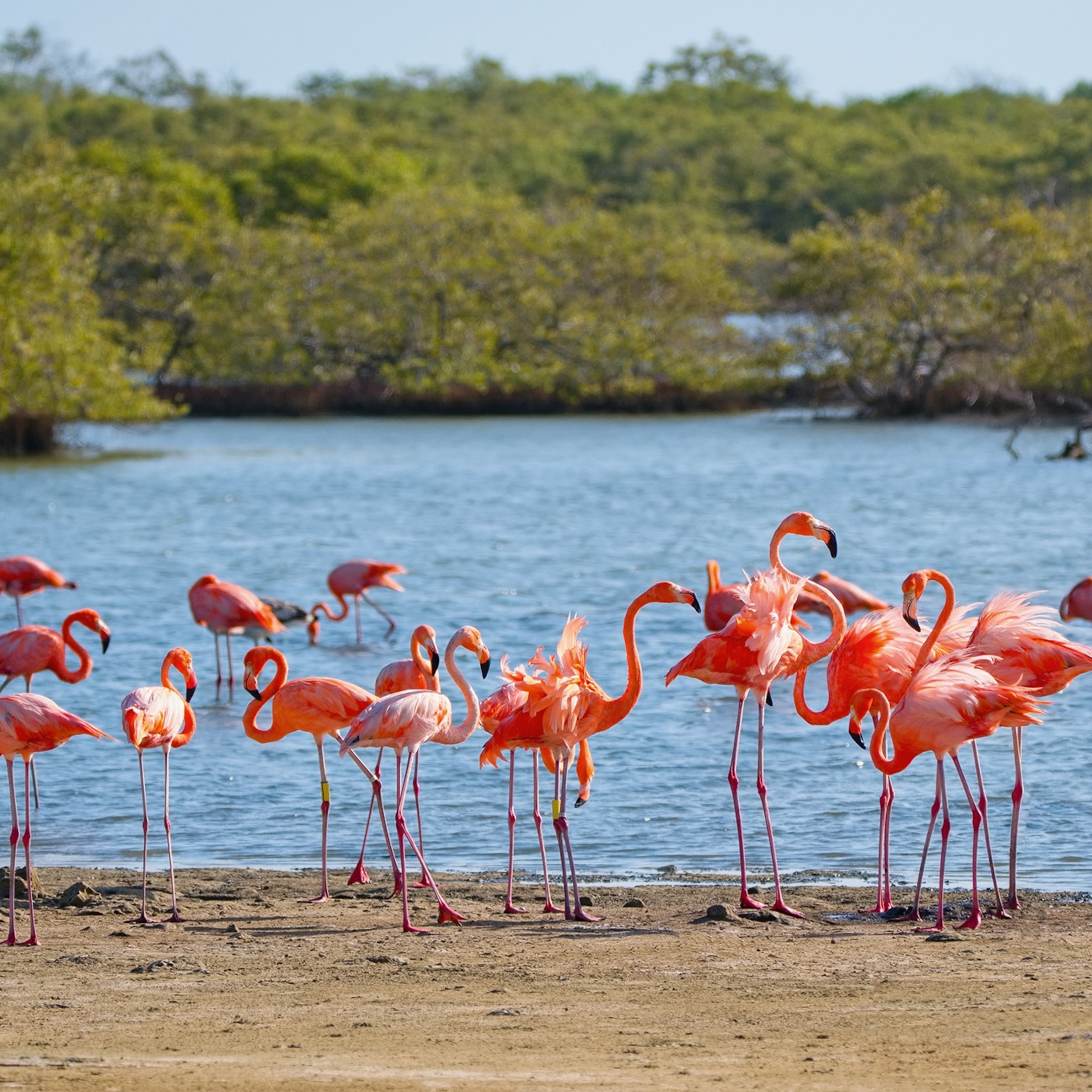
5 Animal "Commuters": Train-Riding Monkeys, More
Birds on a train, goats on a bus—see some weird ways animals get around.
From birds on a train to goats on a bus—adaptable animals are learning how to get around our expanding cities.
Many are domestic—like cats—but coyotes, monkeys, and other wild species are also finding their way onto public transportation.
These animal "commuters" are motivated more by food and security than anything else, said Suzanne MacDonald, a psychologist and biologist at York University in Toronto, Canada, who studies urban wildlife.
"If they're sitting there thinking, 'I gotta catch that 3 o'clock bus in order to make it to the movies,' then we're in deep doo-doo," quipped MacDonald, who receives funding from the National Geographic Expeditions Council.
Instead, animals that end up on buses or trains usually realize "if they get on this thing and get off this thing, in between they [can be] treated pretty well and rewarded for it."
Indeed, urban-wildlife ecologist Seth Magle noted that many animals drawn to public transportation are likely getting fed by people, which should be avoided.
"It seems cute, but it's an opportunity where people can come into conflict with animals," said Magle, who directs the Lincoln Park Zoo's Urban Wildlife Institute.
Magle's program works to tell urbanites that they're part of a living ecosystem, and that wildlife are still figuring out how to co-exist with them. (Read why cities are environmental solutions.)
"Our cities are not sterile—we built them for humans, but other species are going to find use of them," he said.
Here are five animals that travel human-style.
Pigeon
Birds on a train? Believe it. Pigeons have been known to take the A Line on the New York City subway. According to a 2002 New York Times article, when trains lay over at Far Rockaway Station at the end of the line, pigeons walk onto the trains in search of crumbs.
"But being pigeons, they do not listen for the announcement that the train is leaving, and the doors close on them. They ride generally for one stop, exiting as soon as the doors open again," the Times reported.
But they're not total bird brains: The article reported that a train conductor would see them promptly fly back to the Far Rockaway terminal for more free food. (See National Geographic's bird pictures.)
Domestic Goat
Talk about getting your goat—an owner in Multnomah County, Oregon, was asked to retrieve her pet goat after it escaped and hitched a ride on a Portland schoolbus in 2008.
The goat was "taken into custody by transit police for lack of proper fare," Portland news station WCSH reported, citing a Multnomah County Animal Control official.
Also in 2008, in Mahoning County, Ohio, news station WFMJ reported on a pet goat that would follow its owner onto a schoolbus—giving new meaning to the term "new kid on the block."
Coyote
Wily as ever, the coyote has taken to city life, increasingly popping up in urban areas from Chicago to New York.
The predators are versatile—eating everything from shoe leather to fruit—and adaptable, shifting their normally daytime schedules to night to adapt to city life, experts say. (See city pictures.)
In 2002, a coyote hopped on the light rail at the airport in Portland, Oregon, and got comfortable on a seat—but wildlife specialists removed and released it before the train took off.
Even so, the sneaky interloper is forever immortalized in a song: Sleater-Kinney's "Light-Rail Coyote."
Domestic Cat
Famous for their curiosity, cats seem to be the most frequent commuters—especially in England. (Also see "Curious Cat Walks Over Medieval Manuscript.")
Take Macavity, the kitty who would get on a busy bus at the same stop in Walsall every morning, and then jump off at the next stop not far down the road—which just happens to be near a fish-and-chip shop, the Daily Mail reported in 2007.
"I suppose he is the perfect passenger really—he sits quietly, minds his own business, and then gets off," passenger Paul Brennan told the paper.
Then there's Casper the commuter cat, which BBC News reported in 2009 was a regular on a bus near its home in St. Budeaux, England. Sadly, Casper died in 2010 after being hit by a car while crossing the road to board the bus, according to the Daily Mail.
A commuting feline named Dodger liked to sit in laps as he rode the bus around Dorset, England, the Daily Mail reported in 2011. His owner suspects the cat was attracted to the warmth of the bus and recently vacated seats.
MacDonald noted that domestic animals like cats are likely more comfortable hopping on buses because they're used to people—but that it's still "amazing" they're not stressed by the riding experience.
Rhesus Monkey
Delhi has a monkey on its back—well, make that several thousand. The Indian city's rhesus monkey population is exploding, bolstered by people who feed the critters, which are considered living representatives of the Hindu god Hanuman, according to a 2012 article in the New York Times.
The emboldened animals have also overrun parts of the city. According to the Times, the animals "treat the Indian Parliament building as a playground, have invaded the prime minister's office and Defense Ministry, sometimes ride buses and subway trains, and chase diplomats from their well-tended gardens."
This monkey videotaped on the Delhi metro looks like a regular commuter, responsibly holding onto the banister and settling into a seat.
Tell us: Have you seen an animal getting around in an unusual way?








